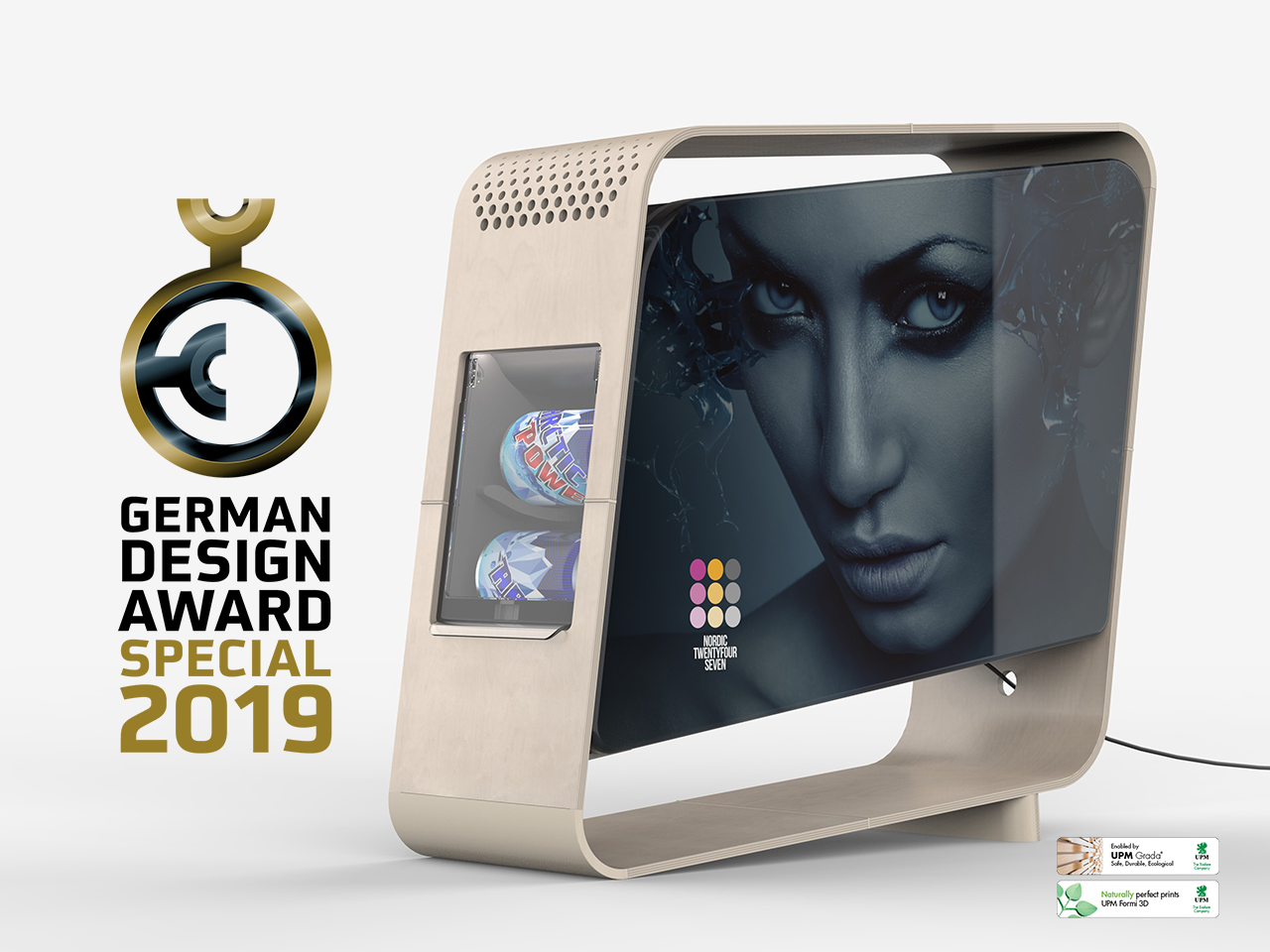Ultrasonics and better frozen foods
Freezing is widely used in food production industries as a means of preserving perishable foods. However, ice crystals resulting from freezing often damage food cells, resulting in lowered quality and taste, and also giving frozen food a poor reputation. The bigger the crystals, the worse the damage. However, this can be controlled, thanks to the EU's funding of the MINICRYSTAL(opens in new window) project. Started in 2008 and concluded in 2010, it included nine partners, three research agencies and six small and medium-sized enterprises (SMEs), and represented five countries. High-powered ultrasound (HPU) had been shown to reduce the size of ice crystals in food during the freezing process. MINICRYSTAL aimed to develop a prototype industrial system capable of that, and which could be industrially validated, easy to operate and simply integrated with existing systems. Initial research using HPU during food freezing showed 19–22 % reductions in crystal size in carrots and up to 25 % in meats. The project also achieved up to 28 % reduction in 'drip loss' for the same foods. Both measures show improved retention of food microstructure and reduction in cellular damage, meaning enhanced frozen food quality. The work yielded recommendations for the ultrasound parameters to be used in the prototype system. The prototype was constructed and consists of a treatment bath and ultrasound equipment, plus conveyor belt and software control systems. As intended, it was compatible with existing commercial systems. After construction and testing, the prototype system was installed in a plant in Bremerhaven, Germany. Thorough testing on sample foods resulted in the same outcome as for the test phase: better frozen food produced with ultrasound, especially for chicken. Further testing remains to be done for other types of foods, but MINICRYSTAL has established its system's effectiveness. It was assessed as giving robust, safe performance with strong commercial potential. Besides the frozen products, MINICRYSTAL technology will also result in energy savings and expanded production capacity for SMEs. It should also be applicable to other industries, including biomedicine.







